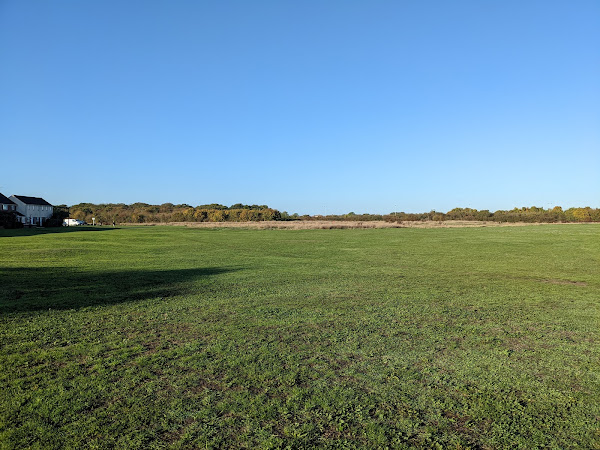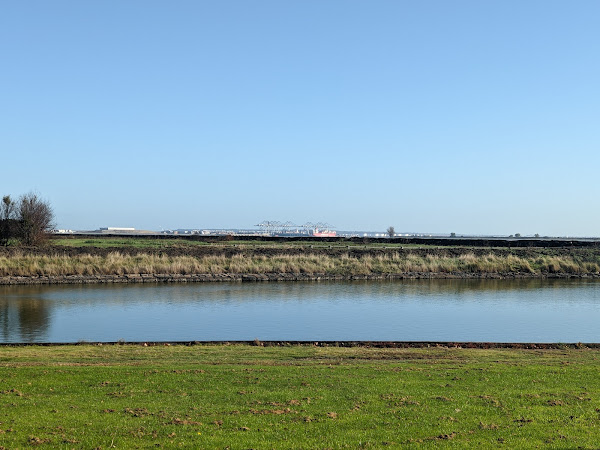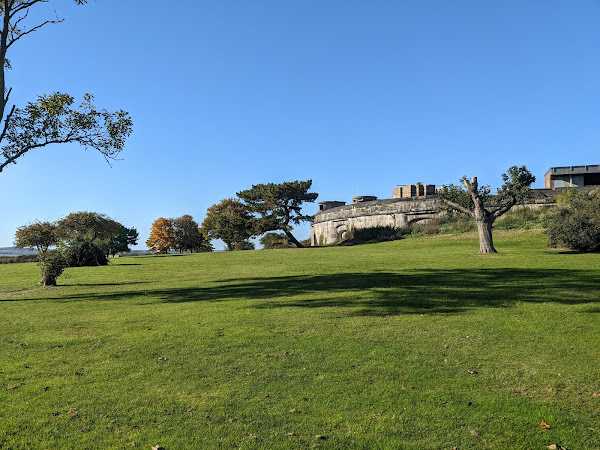I had originally considered visiting Thurrock parkrun on New Year's Day when I was focussed on the East of England alphabet, but car parking challenges at the time ultimately nudged me to attend Thomas Mills parkrun instead. With the parking situation now under control, I decided that today would be the day I finally visited!
The area
Modern Thurrock is a mostly residential town located just outside the M25. Due to both it's transport connections as well as its proximity to London, it is a popular place for commuters to live, as well as its ports providing many local employment opportunities.
The London Gateway development project, which includes both Tilbury dock as well as London Gateway port share the primary goal of enabling the transport of goods for consumption within the Greater London region.
The course
The route follows two laps of the playing fields, all on grass, and there is no significant elevation, so you can see runners elsewhere on the course for the majority of the run.
There is limited free parking at the Pyramid centre, as well as toilets. There is no designated post-run cafe for refreshments at the moment, although there are talks happening to arrange post-run refreshments in the near future.
The run
Today's run was a relatively uneventful one, with plenty of happy marshals to encourage participants around the course. It was clear that this was a very community-oriented event, as it seemed most of the runners knew the names of every marshal as we passed them!
Thanks to all the volunteers for such a really welcoming run!
After the run
The area surrounding today's parkrun is primarily residential, and while there are some points of interest, I instead decided to travel the short distance to the River Thames to explore there instead.
Both Tilbury docks and London Gateway ports are located in the area.
To the south-east of Tilbury lies the Coalhouse Fort; a defensive installment, though constructed in the 19th century, which lies in a very relaxing landscape.
The fort was also defended with its own moat, which is still in place today.
On the opposite side of the river bank (to the East) lies Cliffe Fort, while on the southern bank lies Shornemead Fort. The numerous forts along the river worked together to act as a single defensive unit, but were difficult to distinguish from the northern bank.
There are a number of jettys along the river being actively used for various means, which are accessible by following the river path towards Tilbury Fort.
In addition to the modern docks, the area was historically important as a defensive location guarding entry into London via the River Thames, and as such Tilbury Fort was constructed to provide artillery support to other forts along the river. It was from here that Britain launched its defense against the Spanish Armarda in 1588.
Aside from the ornate main entrance (considering it is a military defense site), a range of cannons and other artilery are located at the fort.






